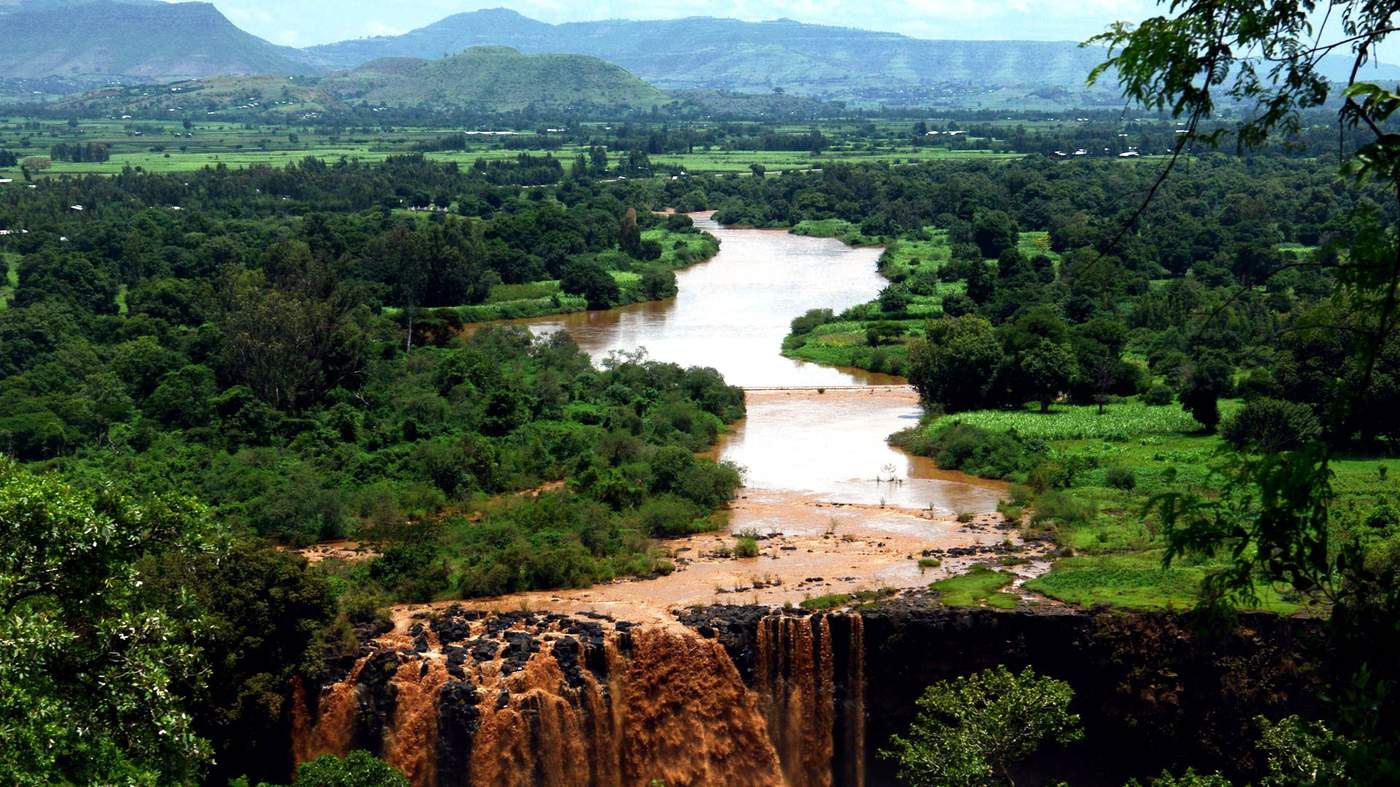Rivers are described as naturally existing, free-flowing lakes and rivers that flow from higher to lower levels and ultimately drain into larger bodies of water like oceans, lakes, seas, or even other rivers. There are numerous long rivers on many different continents, making it difficult to pinpoint the exact longest river on the globe. We, laypeople, tend to think the Nile is the longest river in the world, but some academics have argued that the Amazon is long. The Nile Rivers status as the worlds longest river was settled in 2009 thanks to a peer-reviewed publication published in the International Journal of Digital Earth. This article lists the top 7 longest rivers on Earth.
River Ob-Irtysh
Hydroelectric power is generated at the Novosibirsk Hydroelectric power plant, located in the Soviet section of the city on the Ob River. It is generally agreed that the Ob-Irtysh River System is the seventh-longest river system in the world. The Altai Mountains are the source of the Ob River, which originates where the Biya and Katun rivers converge. The big Irtysh River meets the smaller Orb River at a longitude of around 69 degrees. The river empties into the Arctic Ocean via the Gulf of Ob and the Kara Sea. Area 2,990,000 square kilometers are drained by the combined Ob and Irtysh River systems. Km.
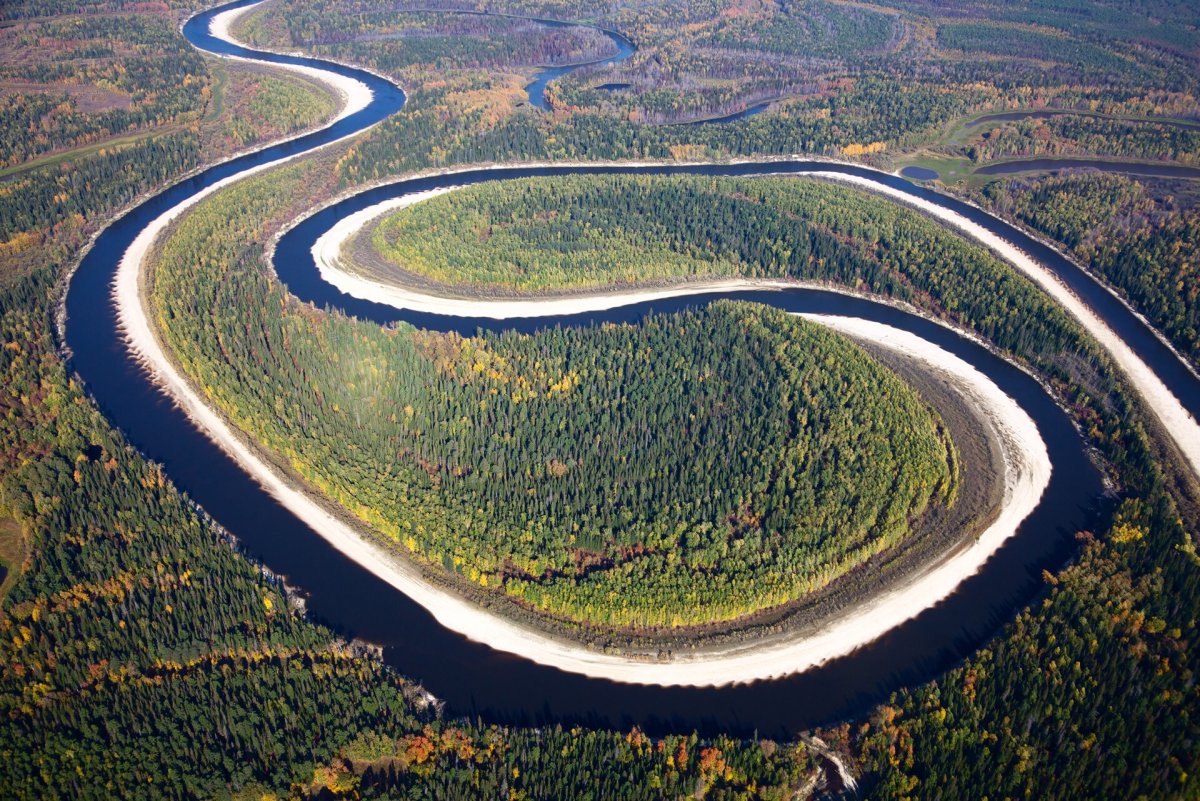
Rivers Amur-Argun-Kherlen
The combined length of the Amur-Argun-Kherlen Rivers makes them the tenth most extended river system in the world. The Argun and Shilka Rivers converge in the western part of Northeast China to form the 2,824-kilometer-long Amur River, also known as Heilong Jiang. The river separates southeast Siberia and Northeastern China. The Amur River drains an area of 1,855,000 square kilometers.
Kilometers, with a typical discharge volume of 11,400 cubic meters per second. The Argun River, which is 1,620 kilometers long, and the Amur River both serve as a part of the eastern frontier between China and Russia. The 1,254-kilometer-long Kherlen River begins its journey on the southern slopes of the Khentii Mountains and continues eastward, emptying into Hulun Lake before joining the Argun River.
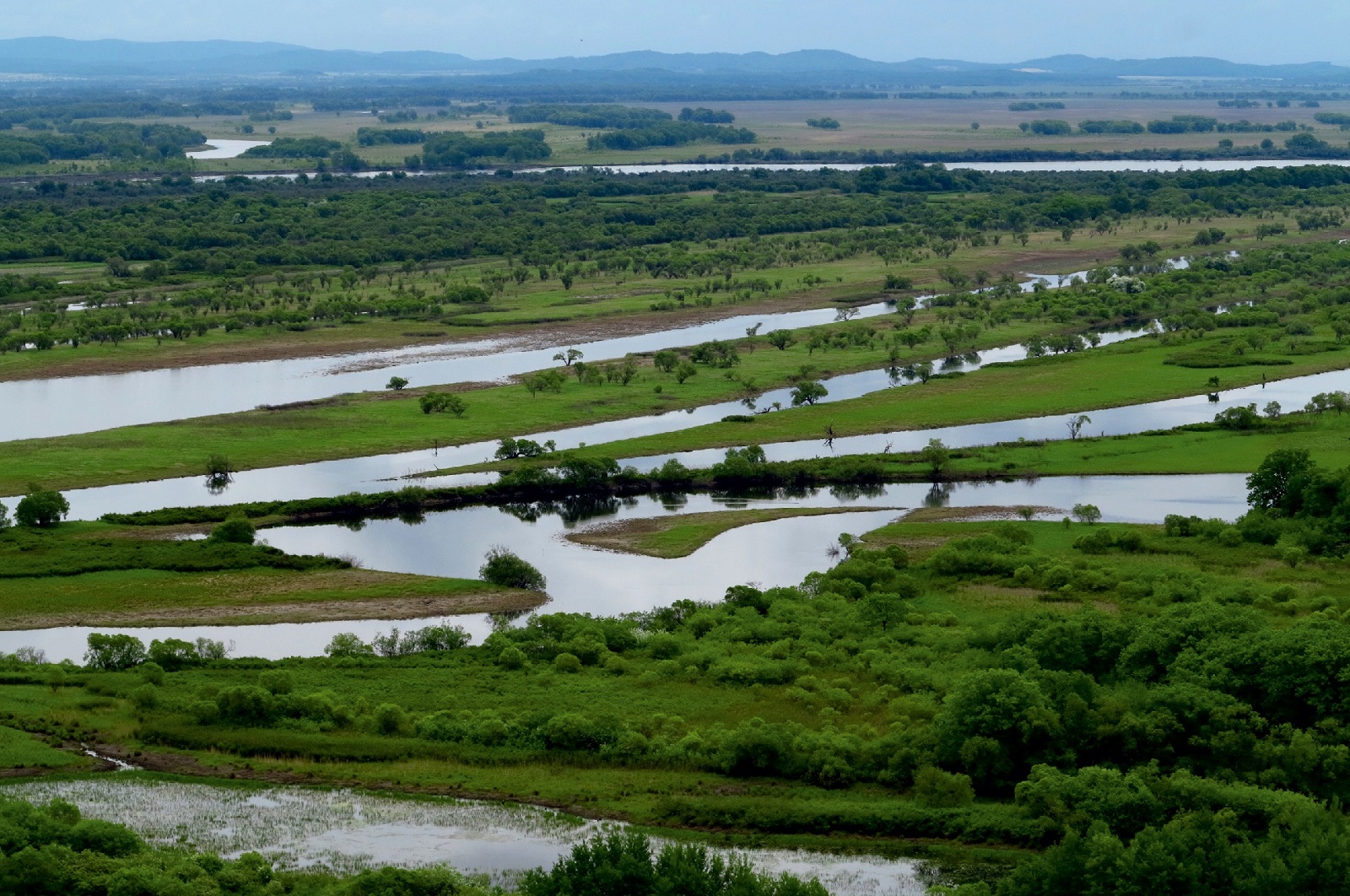
Yenisey, Angara, and Selenga rivers
The Yenisey-Angara-Selenga River System is the most significant river system that flows into the Arctic Ocean and is the fifth longest river in the world. The Selenga River drains into Lake Baikal after a 992 km journey from its source in the Yenisey-Angara River basin. The Angara River, a major tributary of the Yenisey River, begins near the human settlement of Listvyanka on the southern shore of Lake Baikal in Russias Irkutsk Oblast and runs north through those towns until joining the Yenisey River at Strelka. The Yenisey River has its source in the Mungaragiyn-gol region of Mongolia. It travels the length of Siberia before emptying into the Arctic Ocean via the Yenisei Gulf and the Kara Sea.
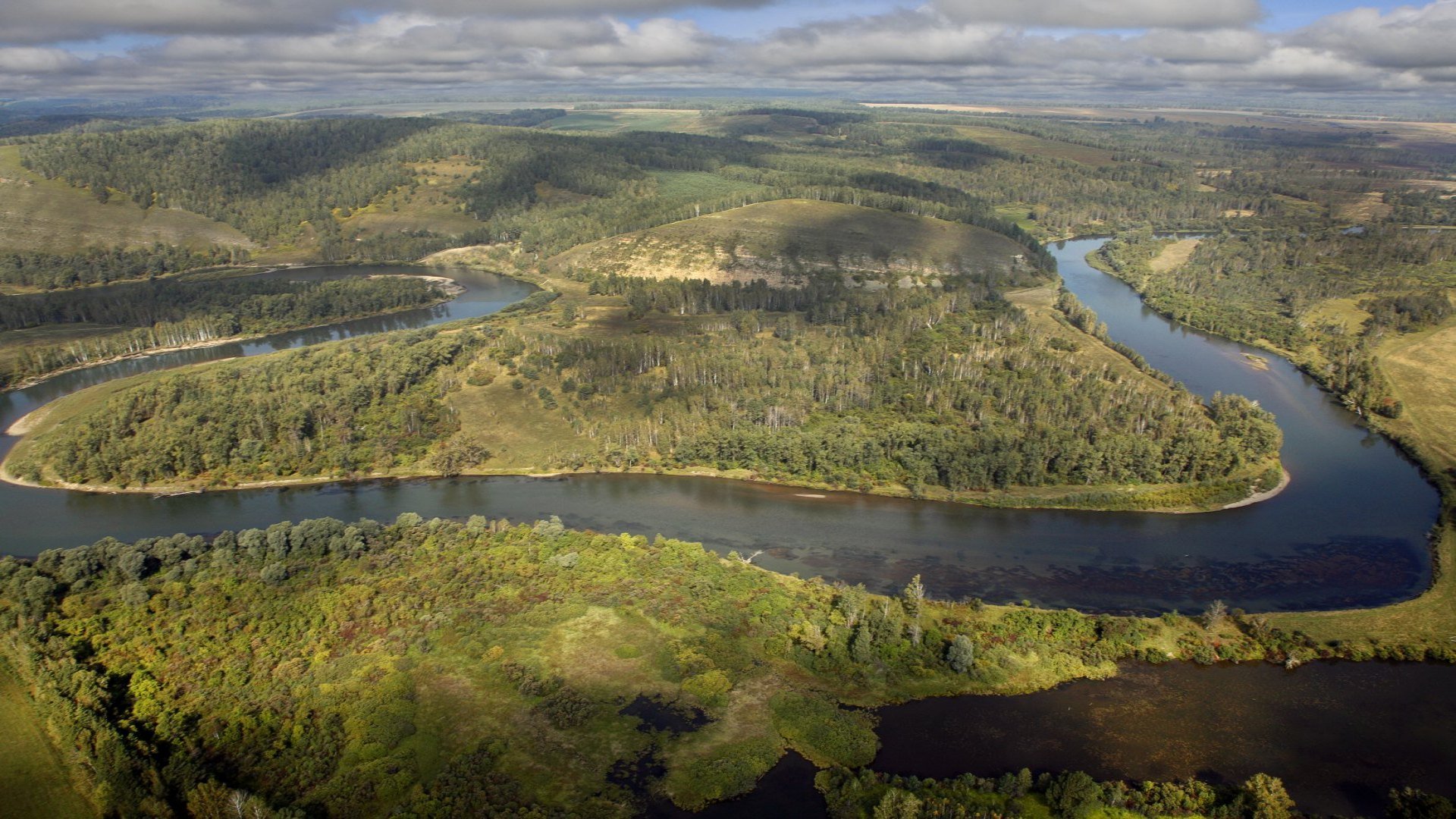
Amazon River
The Amazon River is the biggest river in South America and the second-longest river in the world at 6,400 kilometers in length, draining nearly 40% of the continent of South America. It also has the highest average flow volume of any river at 209,103 cubic meters per second, making it the biggest river in the world. According to a 2014 study published in a scholarly journal, the Mataro River, whose waters begin in Perus Cordillera Rumi Cruz, should be regarded as the source of the Amazon River.
Downstream, the Ucayali River is formed when the waters of the Mataro River combine with those of the Apurimac River and many other tributaries. After joining the Maranon River, the Ucayali becomes the primary channel of the Amazon. The Amazon River empties into the Atlantic near the Brazilian city of Belem. The Amazon River Basin occupies approximately 7,050,000 square kilometers. Kilometers and its whole watershed include parts of Bolivia, Brazil, Colombia, Ecuador, Peru, Guyana, and Venezuela on the South American continent.
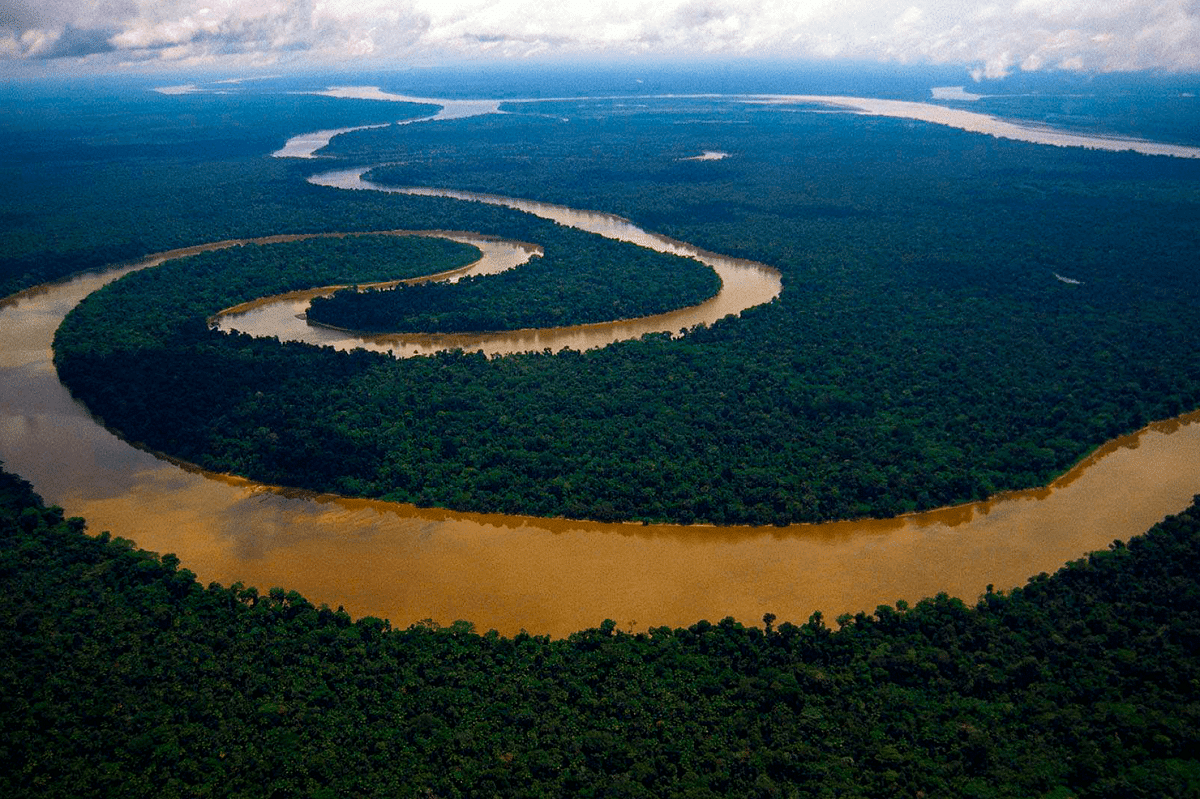
Lena River
The Russian Lena River flows 4400 kilometers from its source in the Baikal Mountains and drains an area of 2,500,000 square kilometers. The Lena delta on the Arctic Ocean is where it finally arrives.
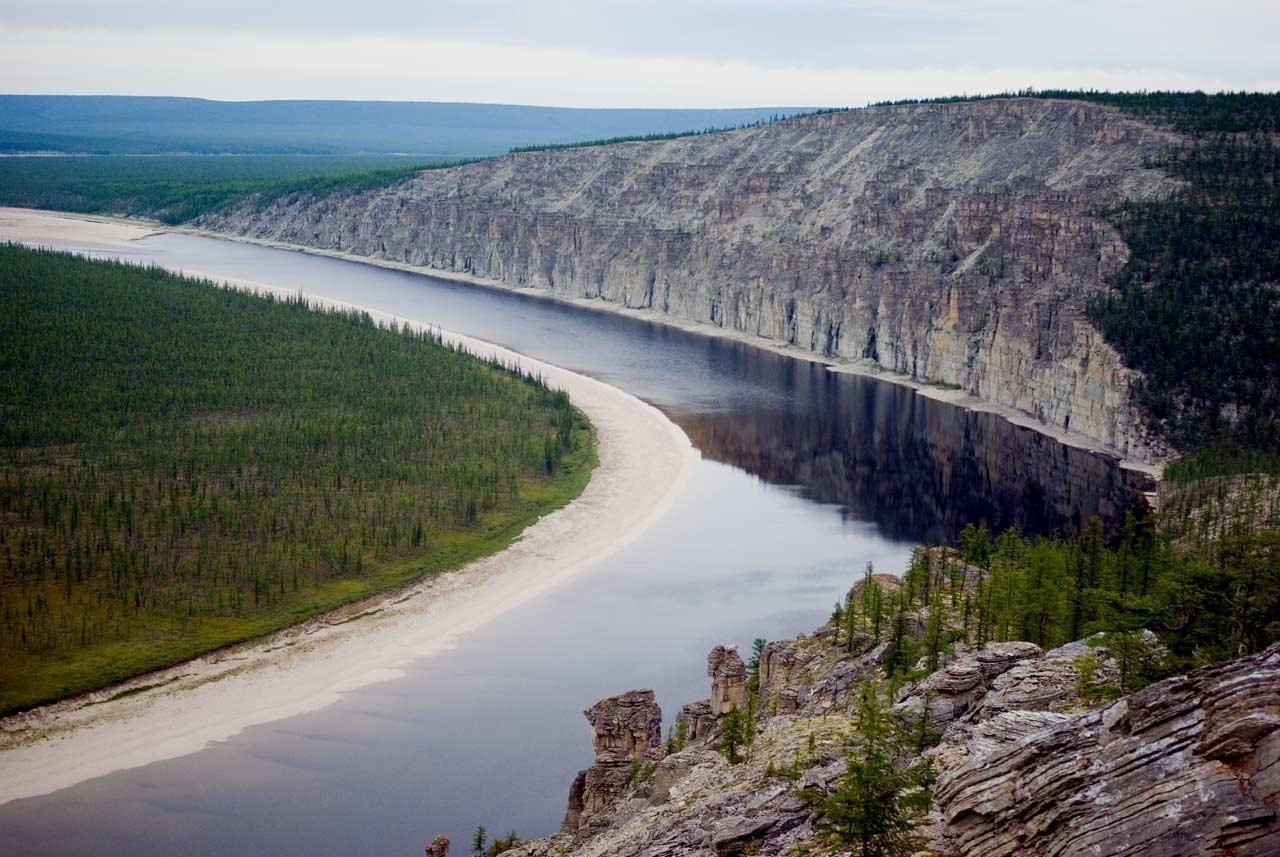
Mississippi / Missouri River
The combined length of the Mississippi, Missouri, and Jefferson rivers is the worlds fourth-longest river system. The Mississippi River is the second-longest in North America, stretching 3,770 kilometers from its headwaters in Lake Itasca to its delta in the Gulf of Mexico. The length of the Missouri River, from its beginnings in the Rocky Mountains to its meeting with the lower Mississippi, is 3,767 kilometers. Thirty-two states in the United States and two provinces in Canada are drained by the Mississippi, Missouri, and Jefferson River Systems.
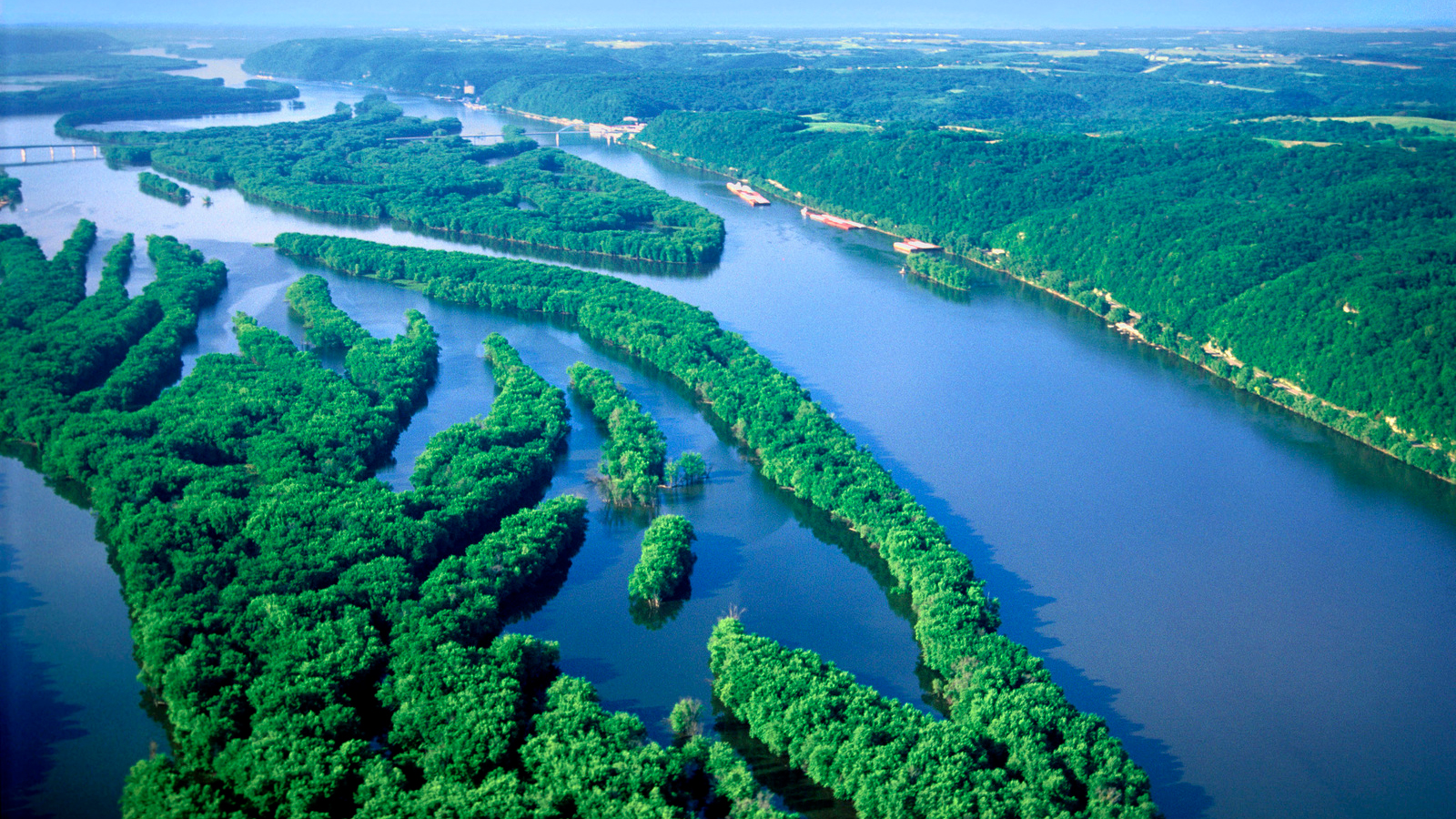
Nile River
The Nile, with a total length of 6,650 kilometers, is the longest river in Africa and the longest in the world. It is also known as the Father of the African Rivers. The White Nile and the Blue Nile are the two major rivers that flow into the Nile. Khartoum, the capital of Sudan, is located at the confluence of the Niles two major tributaries. The first segment of the Nile River travels roughly 1,380 kilometers from Khartoum to Lake Nasser. The second portion of the Nile River flows around 80 kilometers through a series of five falls before reaching the final cataract. To get to the Mediterranean Sea, the Nile must first flow through a delta area in North Cairo, where it then separates into two separate distributaries. About 3,349,000 square kilometers of land are devoted to the Niles drainage basin. Covers almost a thousand kilometers and spans parts of eleven African countries.
